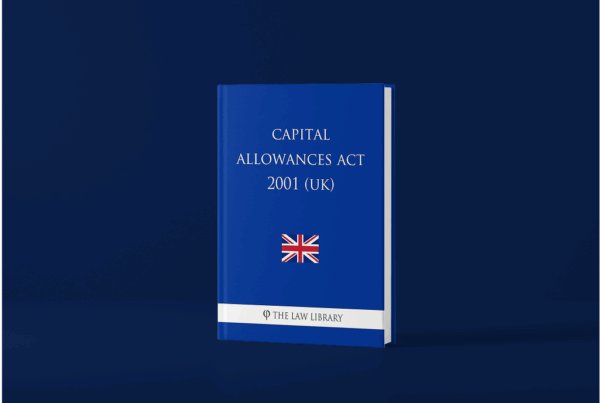LONDON: Signs are indicating that there is an exciting future ahead for the Build to Rent (BTR) asset class across the UK. Pundits predict that BTR could be the key to helping solve the housing shortage and provide investors with predictable long-term returns in the process.
Without a doubt COVID-19, and the highly fragmented market it has created, has provided a catalyst that has fast-tracked banks, private equity firms and corporations to attempt to get ahead of private landlords.
Lloyds Banking Group is the latest to enter, with, according to internal documents, aspirations to become landlord to 50,000 homes within the next decade. Overseas investors including US property group Greystar and Goldman Sachs are also making inroads. Australian bank Macquarie launched its own platform, Goodstone Living, in June this year and announced plans to pour £1b into the sector.
Investors are wagering that BTR properties will provide consistent returns over time. Our analysis indicates that BTR investors should see yields of 3% to 5% which isn’t fantastic when compared to some of the property portfolios we see, but they’re nonetheless appealing in a low-interest market when bond yields have been hovering around historic lows.
At HMA Tax, we question what legislative changes may come into play to encourage this growth, Director Tom Meredith explains:
“As a global firm, we are always looking at how the rest of the world operates within our specialisation and what policy changes could come into play. Whilst the UK has been the exemplar tax system due to our mature economy, even by western world standards; the post pandemic recovery brings to light new challenges to improve overall economic performance.
For Capital Allowance claims, we look to nations like Australia, who provide opportunities for tax relief for both commercial and residential property investors. Whilst holiday lets and care homes can provide massive tax relief in the UK, BIR present an opportunity to encourage growth and longevity of this new blend of asset class”.
Whilst, for renters, interest seems to be continuing to grow. High levels of service, no hidden costs, community amenities, and a schedule of events put on by the landlord are all promises made by BTR operators that has attracted young professionals in international cities to consider these options.
It’s an incredibly interesting time with BTR barely existing in the UK a decade ago. Last year, during the peak of the pandemic, investment into build-to-rent hit £3.5b. Growth has gradually accelerated since a government-commissioned report threw its support behind the sector in 2012. About 40,000 units are in development across the UK, adding to an existing market of 62,000.
At a time when global investors are increasing their exposure to alternative asset classes, BTR investments are continuing to form a significant component of their strategy. This is owed to their diversified income profile, counter-cyclical nature of returns and most importantly, providing a needs-based residential offering on flexible contract terms.
We will be continuing to watch this space and provide commercial property owners with advice moving forward, as we can see the massive potential for capital allowance claims for this emerging asset class on the horizon.
At HMA Tax, we are the UKs leading experts on embedded Capital Allowances for commercial property owners. If you, or someone you know owns a commercial property and would like to find out more on how we generate thousands of pounds in tax relief, please call get in touch on 01384 904090 or email contact@hma.tax



